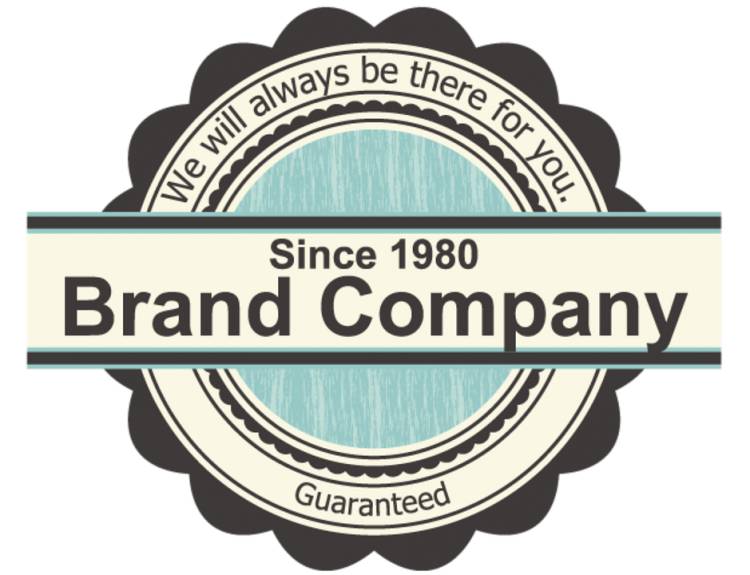TRADEMARK LAWS IN INDIA
In India, the Trade Marks Act, 1999 deals with several aspects of trademarks like registration, protection, provisions of relief in case of infringement etc. India is a signatory of the Paris convention and the TRIPS agreement and hence the Act is compliant with the principles thereof.

ABSTRACT
Due to the current brand value of well-known brands, Indian law grants them exceptional protection. No matter how long a mark has been in use, massive amounts of publicity are one of the crucial traits that should be addressed. With a thorough analysis of the Intellectual Property Rights Regime for well-known marks protection, the article emphasizes the issue of well-known trademarks lacking legal protection. The laws governing the prosecution and enforcement of well-known marks under the Trade Marks Act of 1999 are destined to deteriorate and finally, lose the protection provided to well-known marks without appropriate legislative action regarding inconsistencies.
INTRODUCTION
When we consider a product, the brand and seller come to mind automatically. Even the distinctive logos, jingles, and colour schemes used on the product packaging stick in our minds. The trademark of a product refers to the signs, symbols, logos, and jingles that give it its distinctive identity.
An intellectual property that has grown remarkably important is the trademark. The value of a trademark and the rights that are granted to its owner upon registration are now widely understood by both product owners and manufacturers. There are various sorts of trademarks in India that, once registered, grant the owner legal rights and protection.
A trademark can be a term, sign, symbol, or even a graphic that is used to identify a firm, its products, or its services from those of its rivals. a name for a corporation, a product, or a brand, for instance. This makes it possible for customers to choose, buy, and enjoy goods and services based on the precise qualities and attributes that the trademark the owner/user has promised.
WHAT IS TRADEMARK
A trademark may consist of a logo, an image, a word or phrase, a colour, or even a composite of these elements. The most widely used distinguishing markers are words and images, although if they can be represented graphically, other distinctive signs may also be employed. For instance, the notorious confectionery company Cadbury has the colour purple trademarked for their chocolates even though a trademark for a single colour is exceedingly difficult to obtain. Louis Vuitton, the well-known luxury brand, has obtained a trademark for its check pattern known as the Damier Pattern. Additionally, Coca-Cola owns a trademark on the look of its bottles. DETTOL, ROLEX, NESTLE, SUN PHARMA, THEOBROMA, MONT BLANC, and other companies are trademark examples as well.
Although it is not required by law, it is desirable to have the trademark registered because unregistered trademarks only receive limited protection. Trademarks are valuable corporate assets. After registration, there will be a suitable legal avenue to take if another company tries to use the same or a similar mark. A trademarked name identifies all of the goods and services as belonging to the owner alone and guards against reputational damage from imitation goods. A trademark has a ten-year lifespan and may be renewed indefinitely with additional payments. Private property rights are protected by court orders for trademarks.
Trademark Registration Process in Hindi
TYPES OF TRADEMARK
These are the various types of trademark
-
Word marks: These can be letters, words, or numbers. Consider Apple and Coco Chanel.
-
Device marks: These trademarks are solely word, letter, or number representations. For instance, look at how eBay or AMAZON are worded.
-
Figurative marks or logos are composed of a figure. For instance, the SWOOSH symbol of Nike or the YELLOW M of McDonald’s
-
Service Marks: In essence, a service mark distinguishes one person's services (as opposed to another's commodities) from those of another. For instance, the words UNITED AIRLINES, the slogan FLY THE FRIENDLY SKIES, and the globe logo are all service marks. This is because United offers a service: international air travel.
-
Collective Marks: Brands utilised by several businesses. Such trademarks may be owned by a cooperative, association, or public entity. For instance, the mark CA and the mark CPA are used by the Institute of Chartered Accountants to denote members of the Society of Certified Public Accountants.
-
Certification Marks: Standards are defined by certification marks. They reassure the customers that the product complies with specific requirements. Example: the ISI and FSSAI marks.
-
Well-known marks: When a mark is easily recognized among a large percentage of the population it achieves the status of a well-known mark. Example: ROLEX, CARTIER, FERRARI.
-
Unconventional Trademarks: These are trademarks that are recognized for having an inherent distinctive quality.
-
Colour Trademark: Purple colour trademark of Cadbury Chocolates
-
Sound Marks: The Hemglass ice cream van jingle is a well-known example of a sound trademark.
-
Shape Marks (3D marks): The Coca-Cola bottle.
-
Smell Marks: In June 2015, Brazilian shoemaker Grendene successfully patented its collection of bubble gum-scented jelly sandals.
Types of Trademarks
LEGAL PROVISIONS
The historical roots of Trademark Law 1940, there was no legislative law governing trademarks in India, as may be proven. When passing off and equity have been used as common law grounds to protect trademarks. The Trademark Act, of 1940 was enacted for the first time in India, providing a missionary of the registration and statutory protection for Trademarks in India due to the lack of any special legislation dealing with the subtleties of Infringement and passing off of trademarks. The Trademark Law's statutory provisions mostly matched the traditions and laws of England.
After that, the Legislature felt that strong proprietary laws were necessary for light of the expansion of trade and commerce, therefore it substituted them. As a result, the Trade & Merchandise Marks Act, of 1958, and the Trade & Merchandise Marks Rules, of 1959, were created in place of the Trademarks Act, of 1940. To give trademarks more protection, the 1958 Act & Rules 1959 were created, and it also merged trademark-related provisions from other Statutes including the Indian Penal Code. The Sea Customs Act and the Criminal Procedure Code.
The Trademark Act, of 1999 & Trademark Rules, which went into effect on September 15, 2003, was created to comply with the Trade-Related Aspects of Intellectual Property Rights (TRIPS) criteria and to take into account the increased globalisation of trade and technology. The Trademark Act of 1999, among other things, aims to provide for the registration of collective and service trademarks, enhanced protection for well-known marks, and the establishment of the Intellectual Property Appellate Board (IPAB) for the swift resolution of appeals and applications for rectification.
What is Trademark Infringement ? in Hindi
The Trade Marks (Amendment) Act of 2010 was subsequently passed, amending the Trademark Act of 1999. The Trademark (Amendment) Act of 2010 added Chapter VI, which contains Special Provisions Relating to Trademark Protection through International Registration under the Model Protocol, to the Act. Therefore, both domestic and foreign trademarks are covered by the Indian Trademark Law.
CONCLUSION
Since trademarks are crucial components of intellectual property, it is now crucial to safeguard them because every provider of a good or service will want their mark to stand out from the competition, be enticing, and be simple to recognize from others.
It takes skill to create a mark of this caliber, and the producer will experience the greatest trouble when the mark is violated. To move towards a global intellectual property order, capital protection is crucial. Without IPR protection, it is conceivable that inventive activity will come to an end. The benefit of intellectual property protection is that it can spur innovation and creativity while preventing the commercialization of discoveries.
Intellectual property signifies that its object is a creation of the intellect or the mind. It can be given, traded, purchased, reserved, and produced by a productive and creative mind. All of this is possible, but there are related problems that need to be resolved. Intellectual property is not a strange idea; in fact, it is a topic that is debated daily, whether it be about a book, movie, plant variety, food item, cosmetic, electrical device, software, or anything else. It has evolved into a notion of pervasiveness in daily life.












